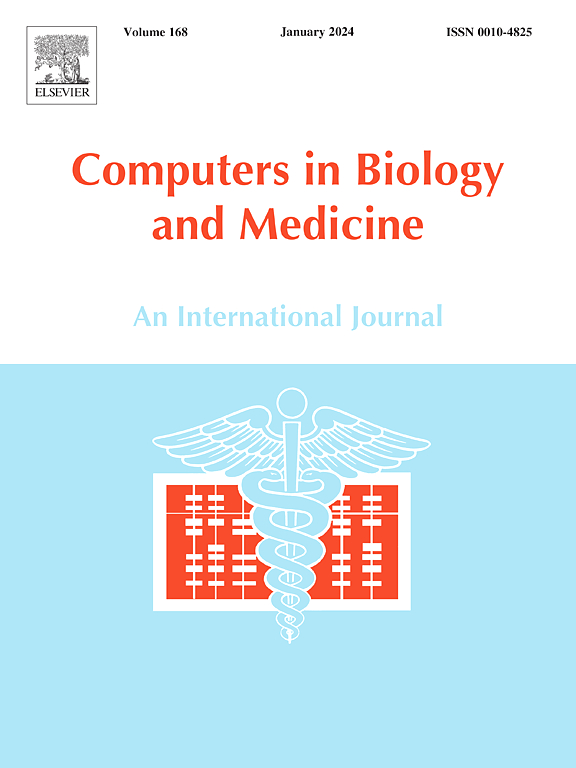转换树-多模态图像配准的文档
IF 7
2区 医学
Q1 BIOLOGY
引用次数: 0
摘要
多模态图像配准通过将来自不同成像技术的数据组合到单一坐标系中,在创建数字患者模型中起着关键作用。此过程通常涉及多个顺序且相互关联的转换,必须对其进行良好的文档记录,以确保透明度和可再现性。在本文中,我们建议使用转换树作为结构化记录和管理这些转换的方法。这种方法已经在dpVision软件中实现,并使用专用的.dpw文件格式来存储图像、转换和运动数据之间的层次关系。转换树允许精确跟踪所有图像处理步骤,减少存储相同数据的多个副本的需要,并允许不共享公共参考点的图像的间接注册。这提高了分析的再现性,便于以后处理和整合来自不同来源的图像。该方法的实际应用通过正畸的例子进行了演示,包括3D面部扫描、口腔内扫描和CBCT图像的集成,以及下颌运动的记录。除了正畸,该方法还可以应用于其他需要系统管理图像配准过程的领域,如颌面外科、肿瘤学和生物力学分析。保持数据的长期一致性对于科学研究和临床实践都是至关重要的。它可以更容易地比较纵向研究的结果,改进回顾性分析,并通过提供标准化和记录良好的数据集支持人工智能算法的开发。所提出的方法增强了数据组织,允许有效的分析,并促进了信息在未来研究和诊断过程中的重用。本文章由计算机程序翻译,如有差异,请以英文原文为准。
Transformation trees — Documentation of multimodal image registration
Multimodal image registration plays a key role in creating digital patient models by combining data from different imaging techniques into a single coordinate system. This process often involves multiple sequential and interconnected transformations, which must be well-documented to ensure transparency and reproducibility. In this paper, we propose the use of transformation trees as a method for structured recording and management of these transformations. This approach has been implemented in the dpVision software and uses a dedicated .dpw file format to store hierarchical relationships between images, transformations, and motion data. Transformation trees allow precise tracking of all image processing steps, reduce the need to store multiple copies of the same data, and enable the indirect registration of images that do not share common reference points. This improves the reproducibility of the analyses and facilitates later processing and integration of images from different sources. The practical application of this method is demonstrated with examples from orthodontics, including the integration of 3D face scans, intraoral scans, and CBCT images, as well as the documentation of mandibular motion. Beyond orthodontics, this method can be applied in other fields that require systematic management of image registration processes, such as maxillofacial surgery, oncology, and biomechanical analysis. Maintaining long-term data consistency is essential for both scientific research and clinical practice. It enables easier comparison of results in longitudinal studies, improves retrospective analysis, and supports the development of artificial intelligence algorithms by providing standardized and well-documented datasets. The proposed approach enhances data organization, allows for efficient analysis, and facilitates the reuse of information in future studies and diagnostic procedures.
求助全文
通过发布文献求助,成功后即可免费获取论文全文。
去求助
来源期刊

Computers in biology and medicine
工程技术-工程:生物医学
CiteScore
11.70
自引率
10.40%
发文量
1086
审稿时长
74 days
期刊介绍:
Computers in Biology and Medicine is an international forum for sharing groundbreaking advancements in the use of computers in bioscience and medicine. This journal serves as a medium for communicating essential research, instruction, ideas, and information regarding the rapidly evolving field of computer applications in these domains. By encouraging the exchange of knowledge, we aim to facilitate progress and innovation in the utilization of computers in biology and medicine.
 求助内容:
求助内容: 应助结果提醒方式:
应助结果提醒方式:


